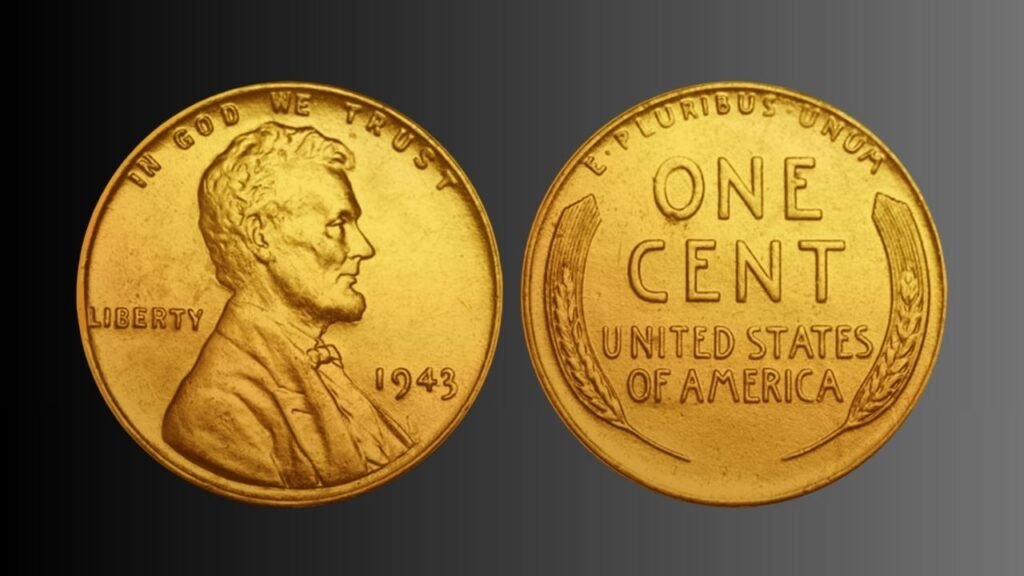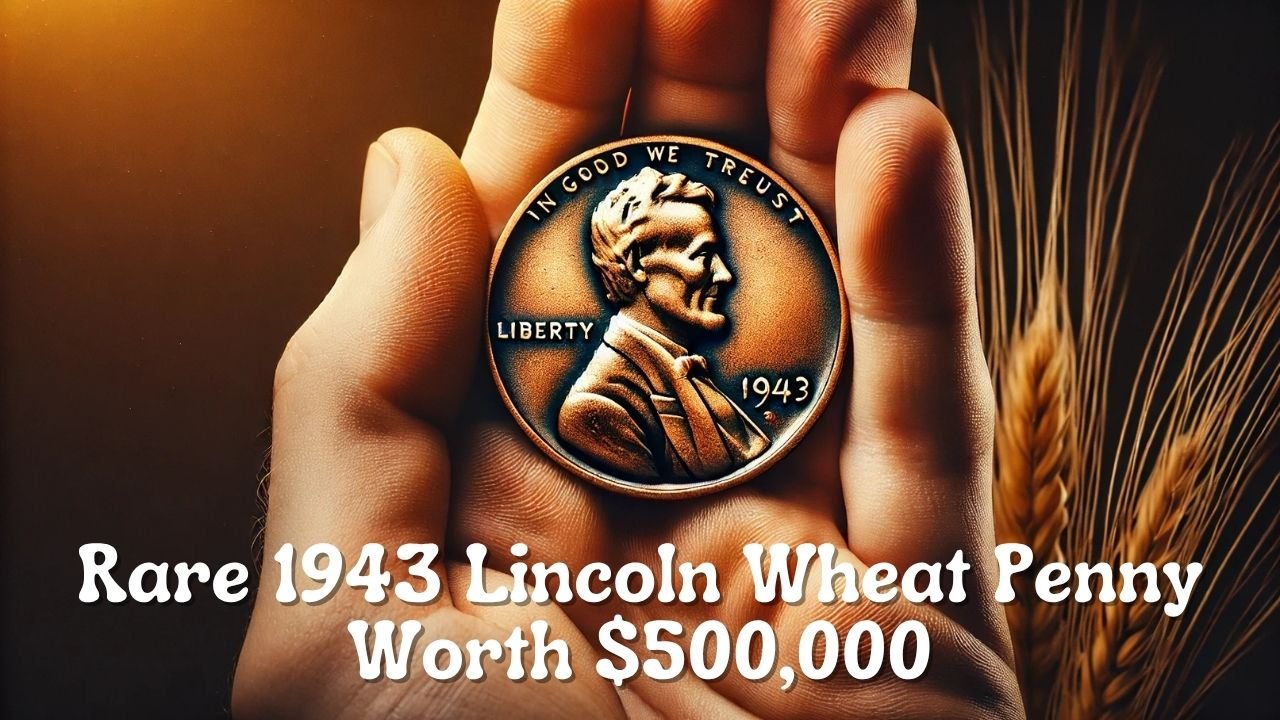The Lincoln Wheat Penny is one of the maximum iconic and broadly accrued coins in American records. Among them, the 1943 Lincoln Wheat Penny holds a unique vicinity—now not just for its design however for its rarity and fantastic value. Some versions of this penny have bought for as a great deal as $505,000, making it one of the most sought-after coins by using creditors. But what makes this tiny coin well worth a fortune? Let’s discover the history, purpose for its rarity, and the way you can identify when you have one of these treasures on your collection.
The Story Behind the 1943 Lincoln Wheat Penny
During World War II, copper changed into a vital cloth for army equipment and ammunition. To conserve sources, the U.S. Mint decided to supply pennies from zinc-covered metallic in 1943 as opposed to the conventional copper alloy. These new “steel cents” had a silver-grey appearance and have been magnetic.
However, a few copper planchets (metal blanks used for minting coins) from 1942 were by chance left in the presses whilst the 1943 pennies have been struck. These rare mistakes created the 1943 copper penny, which would later come to be one of the maximum precious coins in American records.
Why the 1943 Copper Penny Is So Valuable
The rarity of this coin lies in its unintended composition. Only a handful of real copper 1943 pennies are acknowledged to exist — estimates propose fewer than 20 throughout all U.S. Mint facilities (Philadelphia, Denver, and San Francisco).
The first discovery of a 1943 copper penny befell inside the 1940s while a youngster reportedly determined one in movement. Since then, collectors had been on a national hunt for these elusive coins.
One example, a 1943-D (Denver Mint) Copper Wheat Penny, sold for a record $1.7 million in a private sale. Meanwhile, a Philadelphia-minted 1943 copper penny fetched $505,000 at a 2010 auction, proving how valuable these coins can be.
How to Identify a 1943 Copper Wheat Penny
If you think you might have a rare 1943 penny, here’s what to check:
1. Test the Metal Composition
- Steel cents from 1943 are magnetic.
- Copper pennies are non-magnetic.
- Use a simple magnet test — if your 1943 penny sticks, it’s steel and common. If it doesn’t, you may have something special.
2. Check the Color
- A genuine 1943 copper penny will have a reddish-brown or chocolate hue, unlike the silvery tone of the steel versions.
3. Look at the Mint Mark
- Found just below the date:
- No mark = Philadelphia Mint
- “D” = Denver Mint
- “S” = San Francisco Mint
- All three mints produced copper errors, but the 1943-D is the rarest and most valuable.
4. Watch Out for Fakes
Because of its fame, this coin has many counterfeits. Common tricks include:
- Altering a 1948 penny to look like 1943 (by shaving the “8”).
- Copper-plating a steel penny to mimic the color.
Authentic coins should be verified by professional grading services like PCGS or NGC before being sold.

How Much Is a 1943 Copper Penny Worth Today?
Depending on the condition and mint mark, here’s a rough value guide:
| Type | Estimated Value Range |
|---|---|
| 1943 Copper (Philadelphia) | $150,000 – $500,000+ |
| 1943-D Copper (Denver) | $800,000 – $1.7 Million |
| 1943-S Copper (San Francisco) | $400,000 – $1 Million |
Uncirculated or proof-like examples bring the highest prices. Even a damaged one can be worth six figures!
Tips for Collectors
- Use a magnet first to rule out common steel cents.
- Avoid cleaning or polishing your coin — it can reduce its value.
- Get it appraised by a professional numismatist.
- Store in a protective holder or certified case if genuine.
Conclusion
The 1943 Lincoln Wheat Penny is more than only a small piece of copper — it’s an extraordinary relic from a pivotal moment in American records. Whether located in an vintage series or inherited from a relative, this coin has captured the imaginations of collectors for decades.
If you ever stumble upon a reddish-brown 1943 penny that isn’t magnetic, don’t dismiss it — you could be holding a $500,000 treasure in your hand. Always have such finds authenticated, and who knows — your old penny jar might just hide one of the rarest coins ever minted.
FAQ’s
What makes a 1943 bronze penny worth millions of dollars?
It’s the wartime production error, the extreme rarity, collector demand, and ancient novelty that pressure its astronomical public sale values
How many 1943 bronze pennies are regarded to exist?
Estimates range, however commonly about 10–15 general examples are recognized: roughly 6 from San Francisco, plus some from Denver and Philadelphia mints
Can I check my penny at domestic to verify its authenticity?
Yes—start with a magnet (bronze doesn’t stick), precision scale for weight, and visible inspection. But for fact, publish it to PCGS or NGC experts
